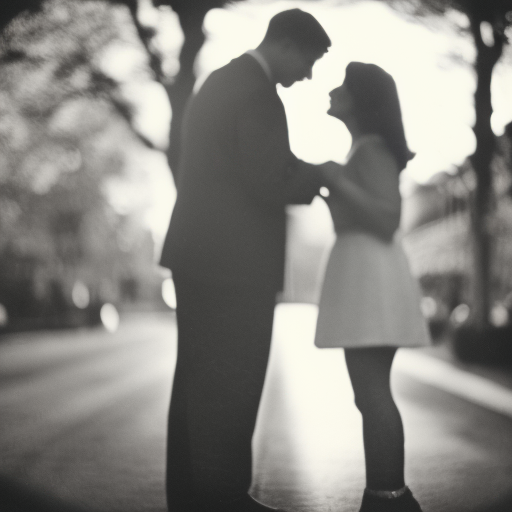Summary: Marriage is a social institution that has evolved over time and varies across cultures. It is a legally recognized union between two individuals, typically involving emotional and sexual intimacy, as well as legal rights and responsibilities. Throughout history, marriage has served various purposes, including economic stability, social status, and procreation. However, the definition and practices of marriage have changed significantly over the centuries, reflecting shifts in societal norms and values.
Early Forms of Marriage
In ancient societies, marriage was primarily an economic arrangement between families. It was often used to solidify alliances, establish inheritance rights, and ensure the continuation of bloodlines. Love and personal choice were rarely considered in these unions. For example, in ancient Mesopotamia, marriage contracts were drawn up to protect the rights of both parties and outline the terms of the union.
Marriage in Ancient Greece and Rome
In ancient Greece and Rome, marriage was seen as a duty to society and the gods. It was primarily a means of producing legitimate heirs and maintaining social order. In these societies, men held more power and control within marriages, while women were expected to fulfill domestic roles and bear children. Divorce was possible but generally frowned upon.
Medieval and Renaissance Marriage
During the Middle Ages, marriage became more closely tied to religious institutions, particularly in Christian societies. The Catholic Church played a significant role in regulating and overseeing marriages. Marriage was considered a sacrament, and divorce was generally not permitted. The concept of romantic love began to emerge during the Renaissance, influencing the idea of marriage as a union based on personal affection.
Marriage in the Modern Era
The Industrial Revolution and the rise of capitalism in the 18th and 19th centuries brought significant changes to marriage. As societies became more urbanized and industrialized, marriage shifted from being primarily an economic arrangement to a more emotional and companionate union. The idea of marrying for love gained prominence, and the role of women within marriage began to change.
Marriage Equality and Changing Norms
In the 20th and 21st centuries, marriage has undergone further transformations. The fight for marriage equality has led to legal recognition of same-sex marriages in many countries. Additionally, changing gender roles and increased gender equality have challenged traditional notions of marriage. Today, marriage is often seen as a partnership based on mutual love, respect, and shared responsibilities.
Challenges and Controversies
Despite the evolving nature of marriage, it continues to be a source of controversy and debate. Issues such as divorce, polygamy, and same-sex marriage have sparked discussions about the definition and boundaries of marriage. Religious and cultural beliefs often influence these debates, with some advocating for traditional values and others pushing for more inclusive and progressive views.
The Future of Marriage
As society continues to change, the institution of marriage will likely continue to evolve. The rise of cohabitation, changing attitudes towards gender and sexuality, and advancements in reproductive technologies are all factors that may shape the future of marriage. It remains a complex and multifaceted institution, reflecting the values and priorities of each era.
In conclusion, marriage has been a fundamental aspect of human society throughout history. From its early economic and social functions to its modern emphasis on love and companionship, marriage has adapted to reflect the changing needs and values of each era. While controversies and debates persist, marriage remains a significant institution that continues to shape individuals and societies alike.












